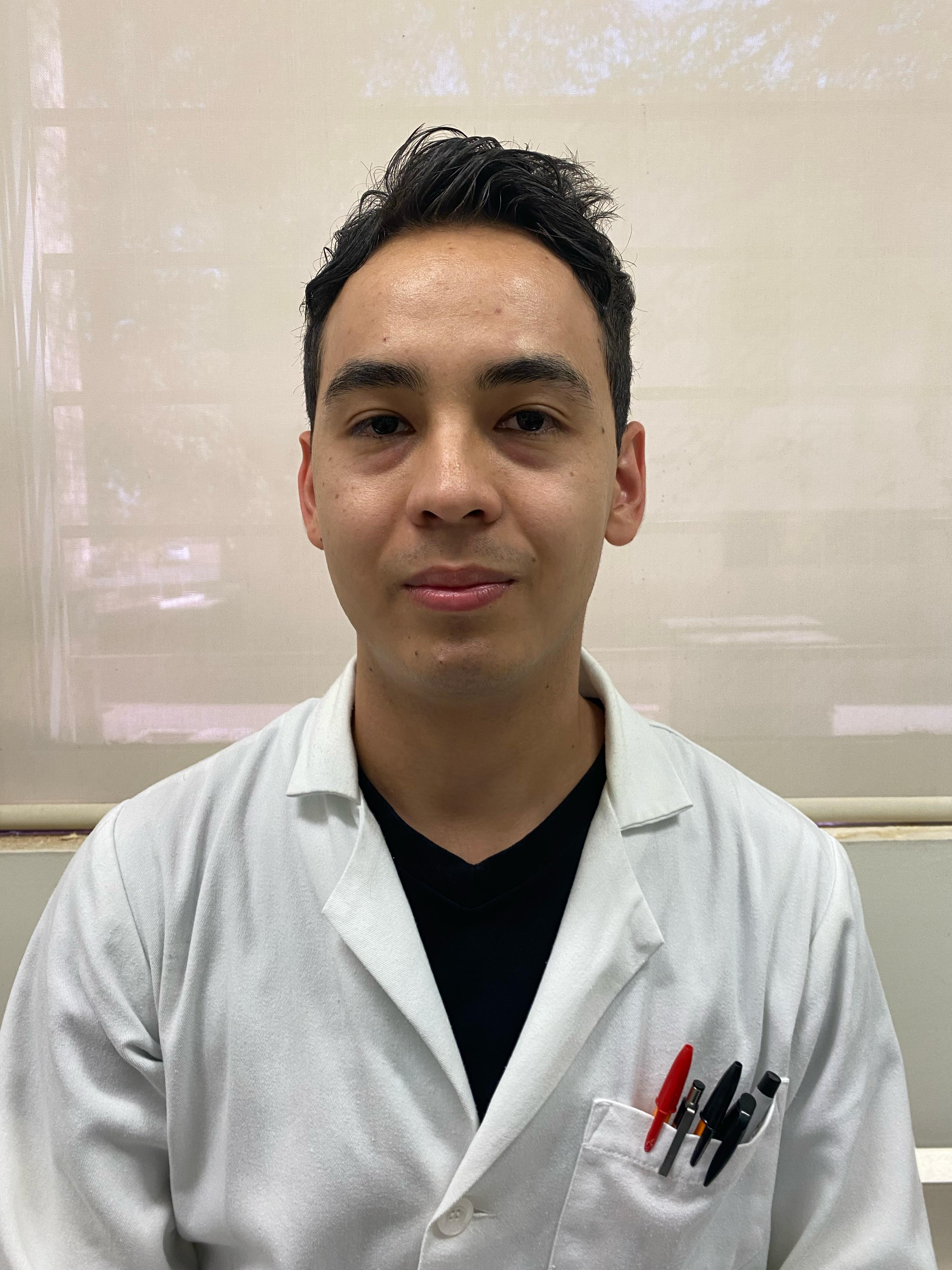Below is a summary of the abstract you submitted. Presenting author(s) is shown in bold.
If any changes need to be made, you can modify the abstract or change the authors.
You can also download a .docx version of this abstract.
If there are any problems, please email Dan at dar78@pitt.edu and he'll take care of them!
This abstract was last modified on March 31, 2025 at 7:48 p.m..

The emergence and rapid increase of multidrug-resistant bacteria, particularly in nosocomial environments, have revived interest in phage-based therapies. Among the most concerning pathogens is Serratia marcescens, an opportunistic and MDR bacterium frequently isolated from immunocompromised patients in hospital settings. Given the strict host specificity of phages, they are expected to coexist with their bacterial hosts in microbial habitats, such as hospital wastewater. This environment represents a promising reservoir for isolating lytic phages with lytic activity against nosocomial MDR strains, potentially aiding the development of alternative therapies. Hospital wastewater harbors bacteriophages capable of infecting and lysing MDR Serratia marcescens strains isolated from clinical infections within the same hospital. To isolate, purify, and characterize at least one lytic bacteriophage from hospital wastewater capable of infecting and lysing an MDR Serratia marcescens strain of nosocomial origin. An isolated and characterized strain of Serratia marcescens was obtained from a Hospital, with the appropriate bioethical approval. It was classified as multidrug resistant. A total of 500 mL of wastewater was collected. Phages were isolated using the direct isolation method. A single plaque was selected and subjected to three rounds of purification through serial dilution. Following the final round, the plate displaying confluent lysis was flooded with buffer to recover high-titer lysates. The nosocomial Serratia marcescens strain obtained exhibited a MDR phenotype. Phage isolation was successful on the first attempt using the direct method, yielding a 100% success rate. In the initial double-layer agar assay, at least three distinct plaque morphologies were observed: (1) completely clear plaques measuring 2–3 mm in diameter; (2) clear plaques of 1–1.5 mm; and (3) cloudy plaques of approximately 1.5–2 mm. A plaque from the first morphology was selected for purification due to its more homogeneous appearance. After the purification process, this phage consistently produced plaques approximately 2 mm in diameter. However, plaque size varied significantly over time, ranging from 4 mm initially to as small as 0.5 mm after one month of cryopreservation and reactivation. This variability suggests that plaque size is an unreliable parameter for phage characterization due to its low reproducibility. In contrast, plaque clarity remained consistent and was associated with total bacterial lysis, indicating stable lytic activity over time. Hospital wastewater proves to be a promising source of lytic bacteriophages capable of infecting and lysing multidrug-resistant bacteria of nosocomial origin isolated from the same hospital. The close spatial relationship, shared environment, and high bacterial density make hospital effluent an ideal biological sample for phage isolation when investigating alternative options to combat MDR bacterial infections.

